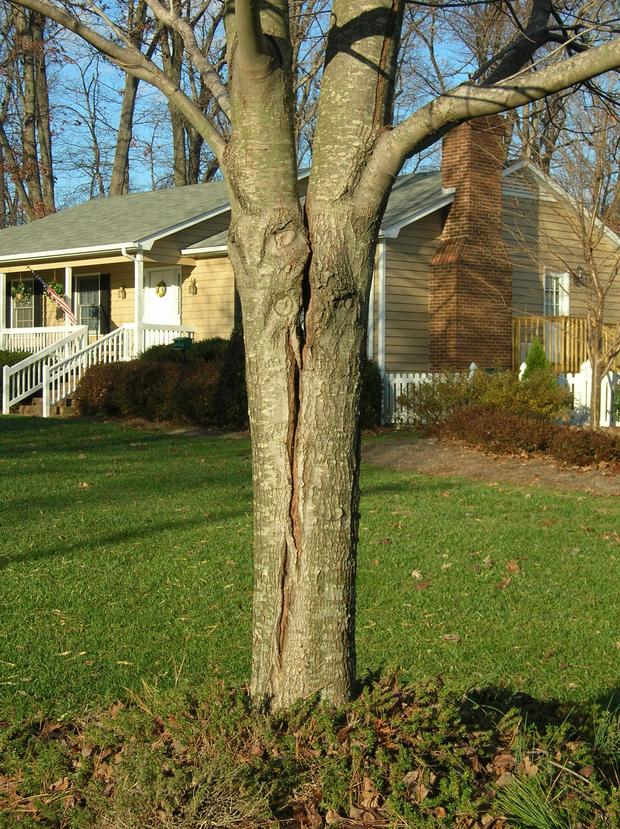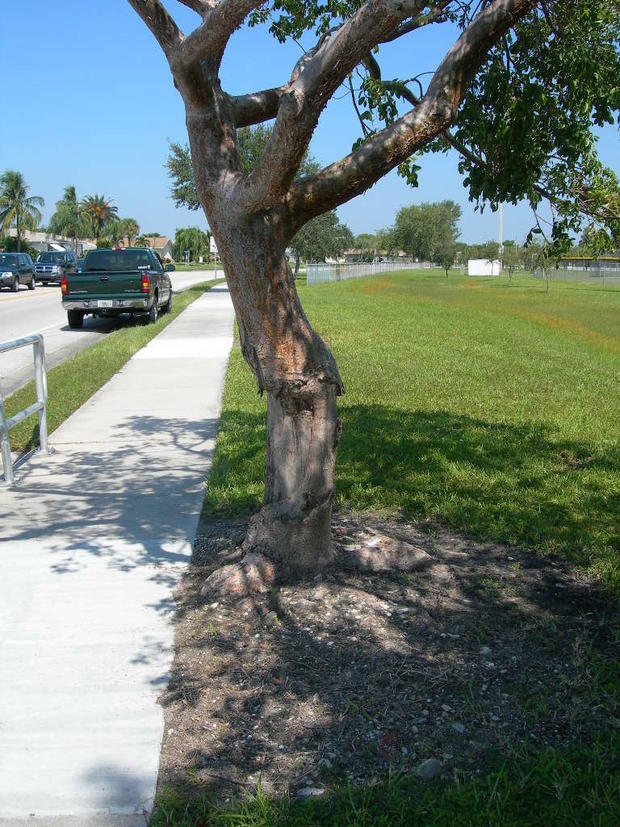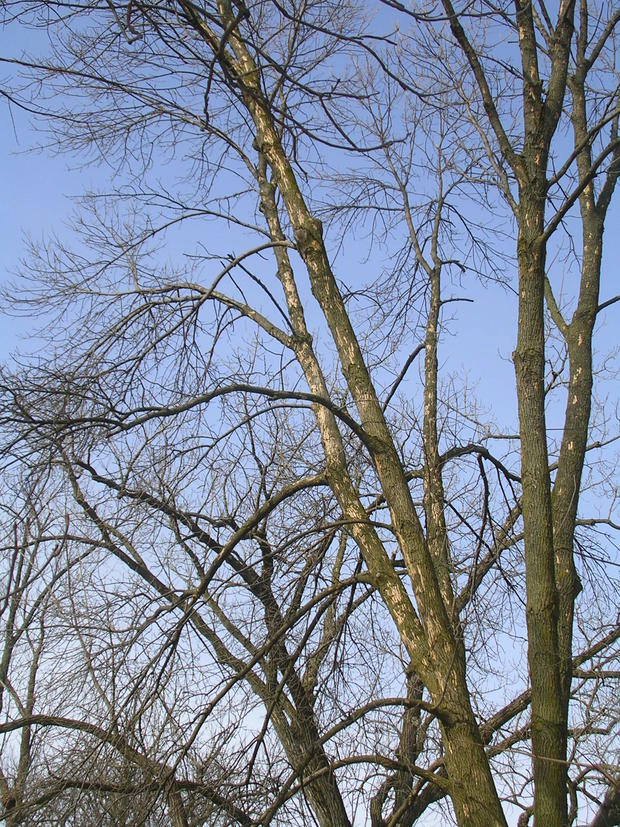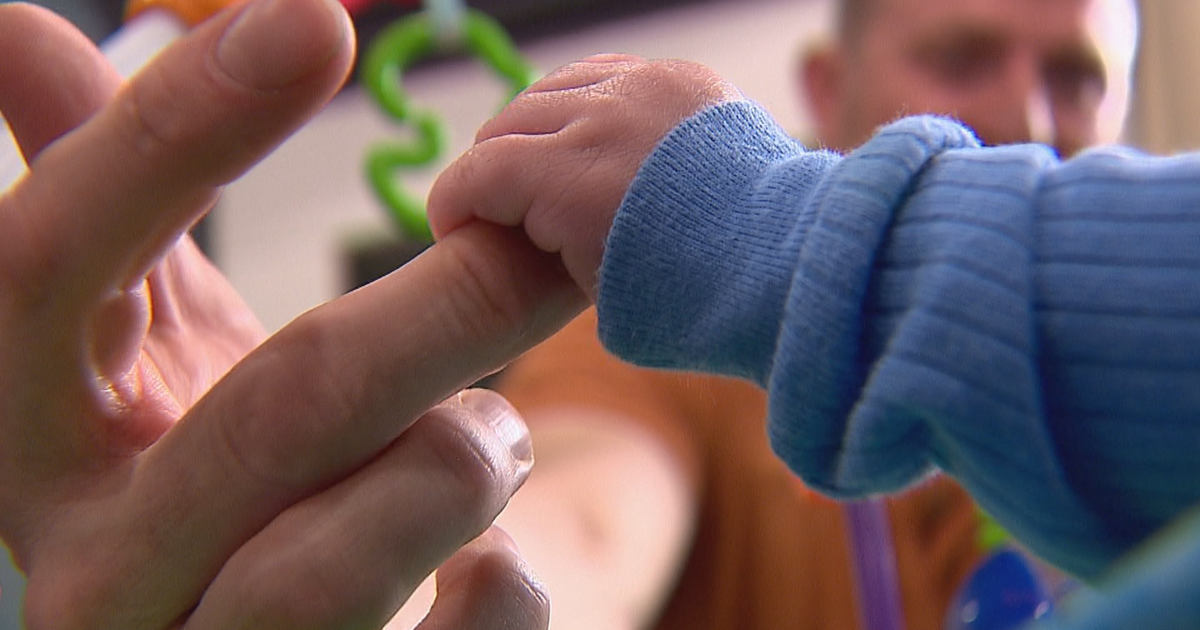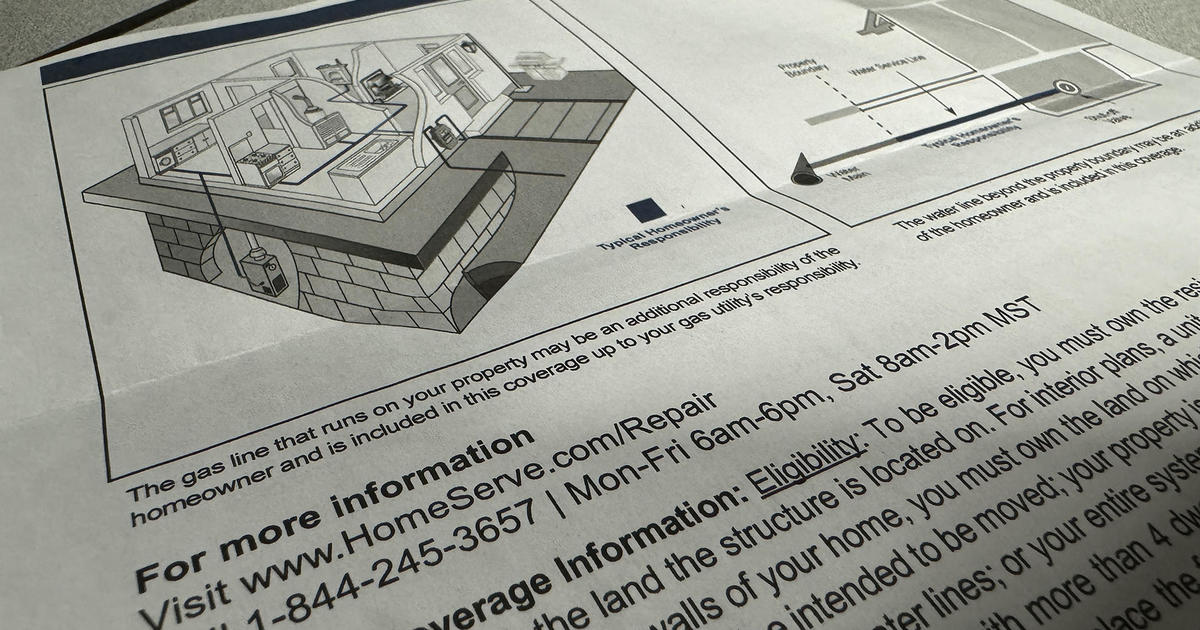How To Tell If Extreme Colorado Weather Has Created A Zombie Tree In Your Yard
DENVER (CBS4) - Colorado's extreme climate can take a toll on any and everything exposed to the elements, including houses, roads and cars. But living things such as trees are also very susceptible to damage over time from our harsh weather.
According to Derek Fox of Davey Tree in West Denver, many trees that have been stressed over the years are starting to show more signs of damage than originally thought. He refers to these trees as "zombie" trees, and you could have one or more in your yard.
Fox says that zombie trees are the ones that originally looked okay after a severe storm or a long period of drought, but then they start to show signs of trouble down the road. He says if you have a zombie tree in your yard it can sometimes be saved if caught in time, but in some cases they are actually dying from the inside out.
Here are some things that could indicate you have a zombie tree...
- dead wood or decay
- cracks - deep splits through the bark that extend into the wood of the tree's trunk or limbs
- heavy canopies
- discolored foliage
- root problems
- poor tree architecture
-
Fox says that any species of tree can turn into a zombie and that they are found all over Colorado at any elevation. But the good news is not all of them need to be removed immediately, and sometimes, a zombie tree can even be saved or have its life prolonged if caught in time.
A certified arborist can help a homeowner determine the best course of action for dealing with a zombie tree. That can mean something as simple as re-setting or staking a tree that is unstable or leaning to a major pruning of the tree's canopy, which would allow strong wind to blow through it instead of against it.
Another thing you can do to help your trees is to give them a slow-release fertilizer. This will replace lost nutrients from storms and periods of drought. In some cases it also helps improve resistance to damage from disease, insects and harsh weather.
Fox says to select native trees and shrubs when you add landscaping to your yard because they typically survive storms and extreme weather better than exotic trees. Grouping trees in sets of five or more also adds to your chances of them surviving intense storms. If planting new trees, always remember they thrive with 2-3 inches of organic mulch around the base, but not up against the trunk.

